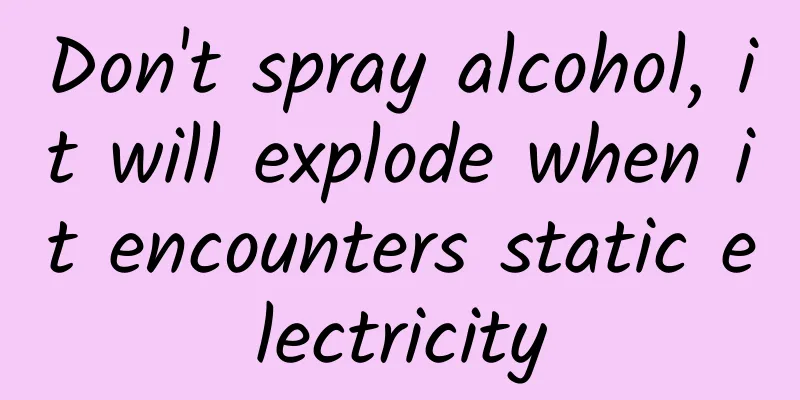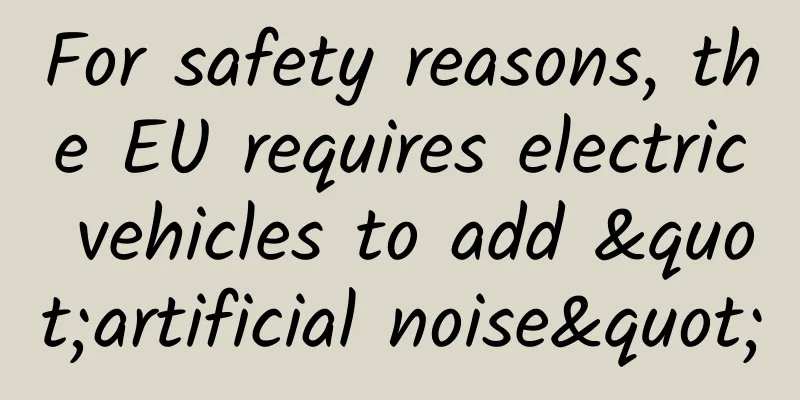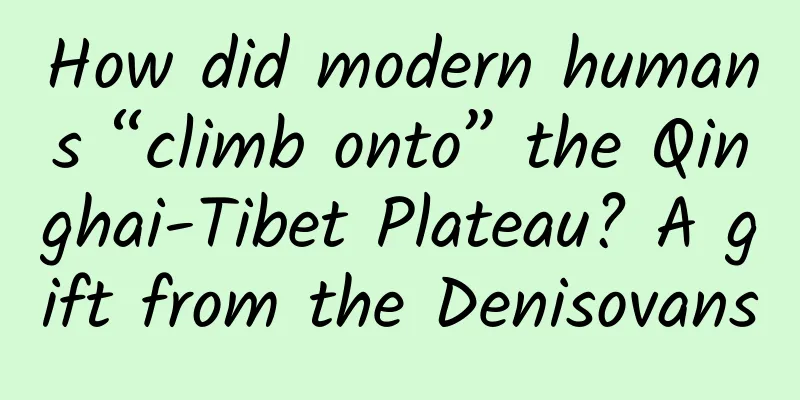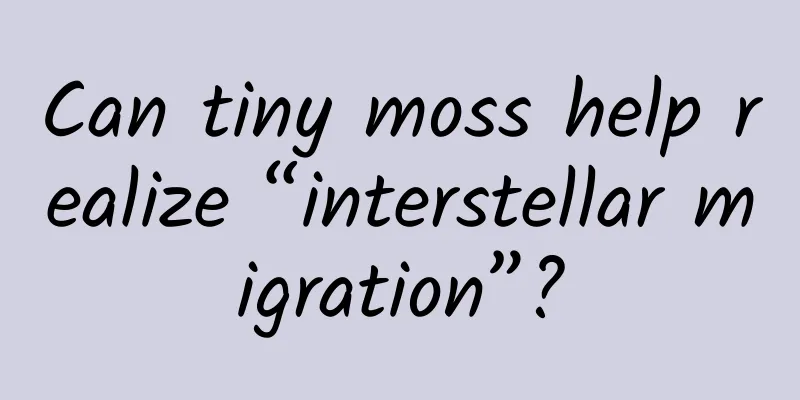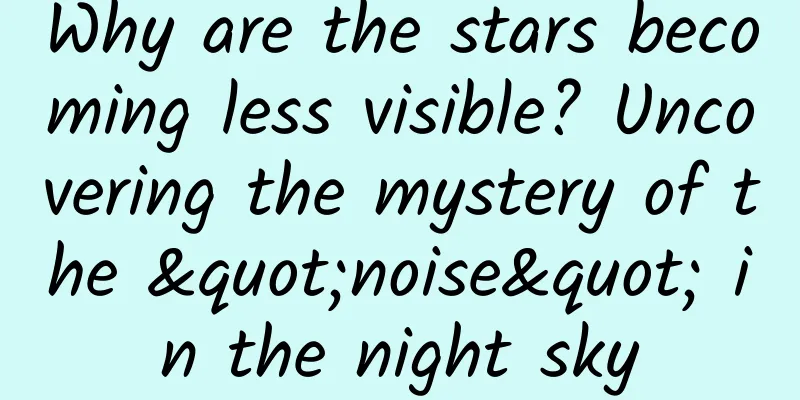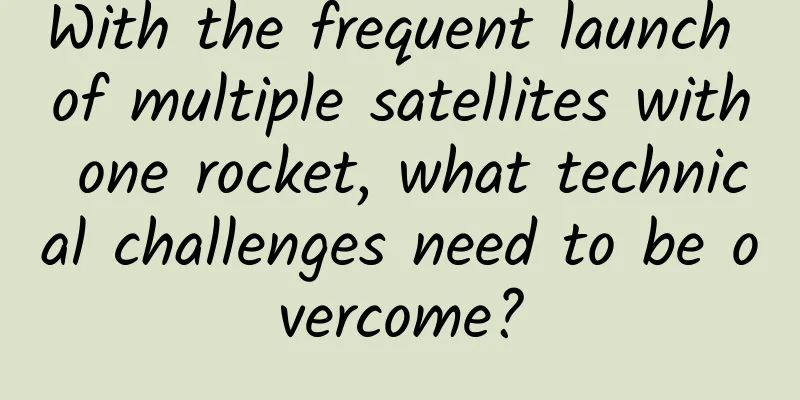Functional Animation in UX Design

|
A good UX designer can easily explain the logic behind any design decision, including information architecture, content hierarchy, flow, etc. One day, motion effects will be introduced into product concept prototypes. At that time, it will be more difficult for designers to explain the design ideas in the prototypes. "This motion effect is very cool~", "It's very down-to-earth~", "The effect is amazing" will be the only comments they say. What is functional animation As part of the design process, subtle functional animations are deeply embedded in everyday UI design. Functional animation is different from the animation designed for Disney Studio or computer games. It has a clear and logical purpose and is designed to support the design solution we are promoting. Ideally, we can verify the feasibility of these functional animations through a set of perfect usage principles. In the past few years, I have been involved in various projects. In this process, I summarized 9 types of animation principles. If a certain animation in our design follows one (or more) of these principles, it is an effective functional animation and can be applied to the project. If a functional animation doesn’t adhere to these principles, it’s probably redundant and should be used with caution; it can often feel annoying and clunky. Below are all the uses I have collected so far. I hope it will be helpful for your motion design and verification. Orientation Direction clarifies structure. In this type of principle, animation is used to navigate between interfaces and show the direction of the web page information architecture. The logic behind this type of animation is to help users perceive their position in the page flow, understand the changes on the page, what triggers these changes, and how to trigger them again if necessary. A typical example is to trigger the "show/hide" content through a button. When you click the button, a hidden panel will be displayed. When you close the panel, the panel will "shrink" back into the operation button. The user cannot predict what the result of this interaction will be when using it for the first time. The ever-increasing expansion effect of the hidden panel will help the user maintain a sense of direction, so that he will not feel that he has jumped out of the current page or the content has suddenly disappeared. The closing effect allows users to associate the constantly "shrinking" panel with the action button, so that they will remember how to open the panel next time. Usage: Avoid abrupt transitions and help users orient themselves. Apple Mac OSX window animation Facebook Paper menu animation Same Location, New Action There is a well-known usability principle, which is to make the product consistent (Translator's Note: consistency in design and function). A website (product) that maintains good consistency can reduce the user's learning cost and make the content and interaction predictable. In addition, this principle also applies to action buttons. In some cases, we were forced to change the functionality of a button under certain conditions, usually in designs where overall space was limited, so users who already understood the button’s original functionality might need to learn a new one. The "Save" and "Edit" buttons are the most common toggle buttons. This is the simplest case, because as long as the definition of the button is opposite (Translator's note: for example, "Add" becomes "Remove" after clicking), it means they are in the same scene. In other cases, when the two actions have no direct surface connection, it is a usability problem, and at this time, you need functional animation. Usage: Emphasize the function switching of the operation button. Google material design Button mute switch Zoom The third type is similar to the "positioning" type. In this type of animation, the user selects an item in the list view to zoom into the detail view (covering the original list view), and can return to the list view. Commonly used in albums, cards, and item selectors. The user selects an option and immediately sees the corresponding detail view. The difficulty with this type of animation is that you need to make sure the user feels like they are still in control and not out of the scene. In this case, functional animation is essential. After using this type of functional animation a lot, I have summarized some general rules that are effective if strictly followed:
Usage: Associate the preview view with the detail view. Visual Hint Visual metaphors help users better understand how to interact with product interfaces, especially those with non-mainstream components or special navigation systems. This type of functional animation is easy to find. When we open a page, a one-time animation will be triggered immediately and demonstrate how to use a certain function. Usage: Provide hints for infrequently used functions or invisible operations. Source: Dejan Markovic Highlight This type of animation helps users make effective operations in an interface full of complex elements. Designers usually try to avoid designing complex interface layouts—filling the screen with multimedia—that constantly compete for the user's attention. One way to reduce noise is to simplify, but sometimes this is an impossible task. Imagine asking the owner of a news website to remove the text content module of the news and the picture column on the homepage... In the UI interface, "motion" has an important characteristic, which is that it is the easiest to attract attention, and text paragraphs or static images cannot compare with it. We can use this to design motion effects. However, please remember that the easiest to attract attention is also a kind of "interference". If abused, it is equivalent to adding noise to the interface. Usage: Attract users' attention in a complex interface. www.Photojojo.com #p# Simulation Sometimes, through data analysis and user interviews, we find that certain user needs can only be met by customizing a specific interface. For these special use cases, we can consider designing a custom functional animation. Common methods are difficult to fully implement certain unique cases. Usage: Suitable for those scenarios where it is difficult to express the meaning. Source: Monterosa Visual Feedback Visual feedback is very important in UI design. In real life, buttons, controllers, and other objects respond to user interactions. This is how users expect things to work. But please remember that this type of functional animation should be as "low-key" as possible and designed to be easy to understand. Button feedback is widely used in every UI interface, so if you abuse unnecessary animation, it will backfire. Usage: Respond to user actions. Similar to this is Tumblr System Status This category is all about “control”. For the user, “control” means being able to perceive and understand the current context of the system at any time. Functional animation monitors the system status in real time, allowing users to quickly perceive the start, remaining time and exact completion time of an operation. Perhaps the first functional animation that meets this requirement is the "daisy" GIF of an HTML page, which is still widely used in some operation instruction interfaces. High-quality system status function animations usually follow this pattern:
There is a very famous animation "pull down to refresh", which belongs to this type of animation. On mobile devices, it is often used to trigger content refresh. Check it out in several different types of apps, and you will find that these animations do not fully follow the above 4 steps, and they feel weird. For example, lifting the interface to end the process without clear meaning will cause the user to trigger the pull down to refresh again. Usage: Communicates the controllability of an operational process. Pull-down refresh on Yik Yak App Marketing Tool Although this type is only related to marketing, it already has a lot of interesting animations. The previous 8 types all seem to be linked to rationality and logic, but this type is only related to sensibility. Suppose we need to define a product’s behavior, highlight unique features, or even bundle brand values and style. In these scenario scripts, although these methods are not necessarily designed with users in mind, they have clear functional goals that can meet the company's marketing strategy. Usage: Helps highlight the company's brand value or the strengths of its products.
Source: Creativedash Summary : Adding motion to our websites or mobile products can bring a lot of surprises and pleasure to users, but please remember that form follows function. Do not abuse motion if it is useless and not for the sake of satisfying actual functional needs. |
<<: Eight "pitfalls" that smart hardware startups need to avoid
>>: A thorough review of Google's Android performance optimization
Recommend
Go 1.4 is officially released, officially supports Android
[[124626]] Go 1.4 is officially released, the fif...
Case analysis: How can a product achieve user growth?
In recent years, the popularity of online educati...
Disaster prevention and reduction science comic book "Spring Festival Special - Kitchen Safety"
It's the Spring Festival again, and it's ...
Tesla says electric trucks won't be released for now, but that may not be a bad thing.
Tesla, the electric car pioneer whose products ar...
Young people are popular with "grape juice". Is fruit and vegetable juice really low in calories and nutritious? This article explains how to drink it more healthily!
With the improvement of health awareness, weight ...
How to tell whether a copy is good or bad? Try matrix analysis
Sometimes we are very confident in our own copywr...
Joining TVB to manage Shaw Brothers, Li Ruigang takes action again. Who is the real beneficiary behind this?
Li Ruigang, a legendary figure in China's med...
Wuchang SEO Training: Balanced web design can avoid being penalized for excessive keyword density
Web information is one of the direct ways that we...
30 high-quality information flow advertising cases, data from 14 industries including education, finance, e-commerce, etc.
Friends often ask what constitutes a high-quality...
How much does it cost to create an appointment registration mini program in Huangshan?
WeChat Mini Program is an application that users ...
Product advantages and ranking methods of 360 application marketing!
What are the product advantages of app promotion?...
With a 99.41% win rate that crushes human chess players, will AI really beat humans this time?
This time, AI beat humans again. A research team ...
How to use data to drive operational growth?
With the advent of the data age, the previous ext...
Knowledge popularization: What is VoLTE?
Terms such as 4G+, VoLTE, and carrier aggregation...
This APP can automatically convert the operation video into an AR tutorial, teaching you how to repair furniture step by step
[[203491]] There are often such plots in novels o...



